Common name: Irish yew
Scientific name: Taxus baccata 'Fastigiata'
Family: Taxaceae
Origin: non-native
A mutant favourite with wildlife, the Irish yew is thought to have developed from the common yew. All Irish yews descended from cuttings of one tree found in County Fermanagh in the 1700s. Nowadays, it provides food and shelter for native animals.
Common name: Irish yew
Scientific name: Taxus baccata 'Fastigiata'
Family: Taxaceae
Origin: non-native
Irish yew is an evergreen conifer which can grow to 7m. The bark is grey-brown with purple tones, and it peels. It was originally discovered in County Fermanagh in 1780, and it is thought to be a mutant form of the common yew (Taxus baccata).
Look out for: the needle-like leaves which grow all around the main stem and not in rows. Each needle has a raised central vein underneath.
Identified in winter by: its evergreen features which are present all year round.
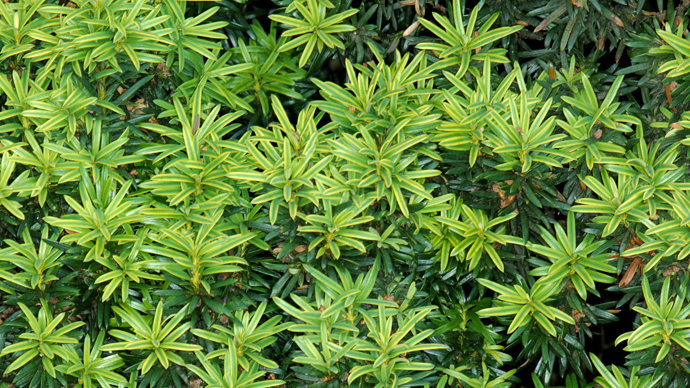
Credit: Nature Photographers Ltd / WTML
Straight, small, curved needles with a pointed tip, and coloured black-green (darker than common yew). Unlike common yew, the needles grow all around the twig, rather than in rows.
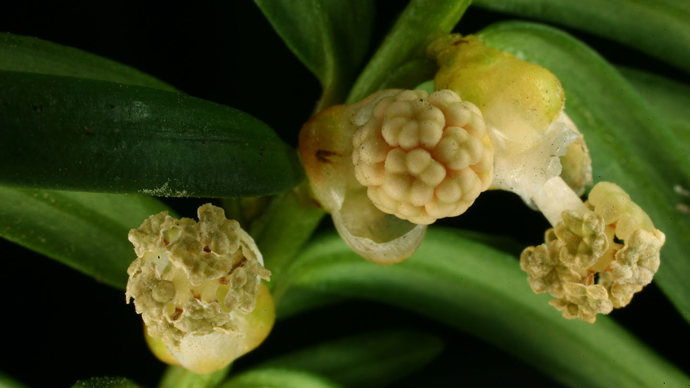
Credit: Dr Henry Oakeley / WTML
Male structures are rounded with white-yellow anthers while female structures are bud-like and scaly, and green when young.
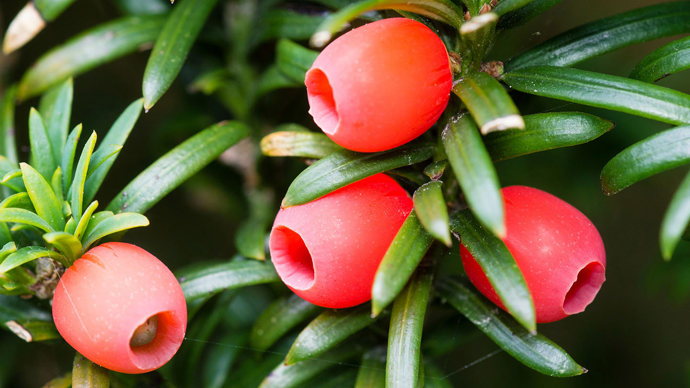
Credit: John Richmond / Alamy Stock Photo
The flowers are pollinated by wind and develop into succulent red fruits with a naked seed inside. The red, fleshy part of the fruit is known as an aril. It ripens in autumn.
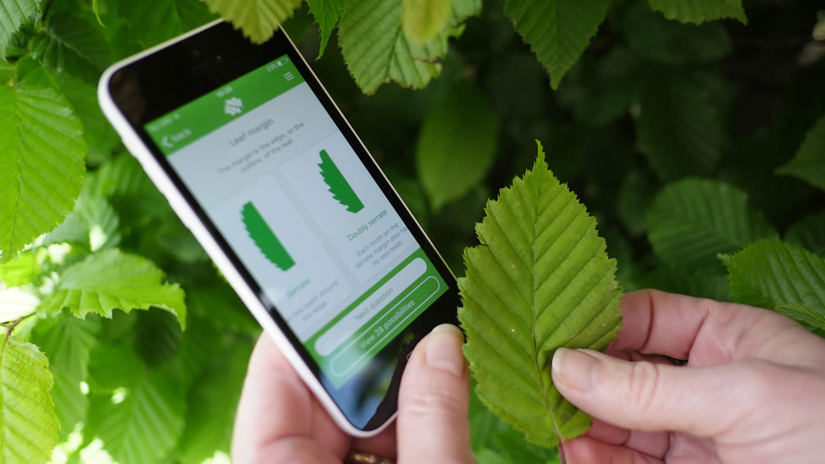
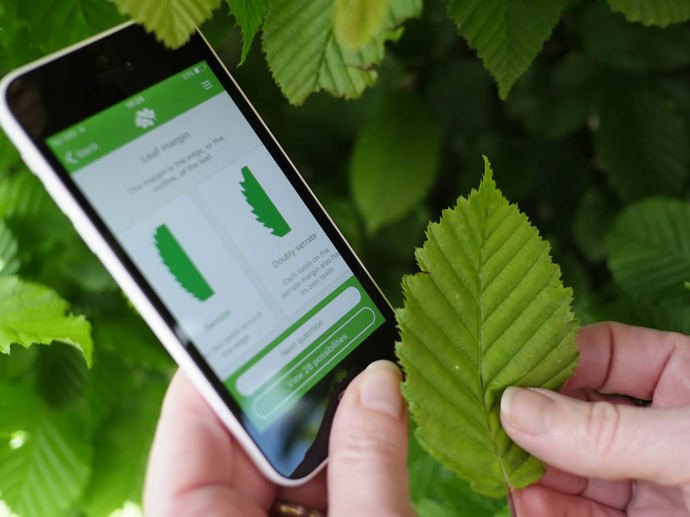
Download our free Tree ID app for Android and iPhone to identify the UK's native and non-native trees. It's an A-Z tree guide in your pocket.
Irish yew prefers to grow in well-drained soil and can often be found in church yards. It is also grown for ornamental purposes throughout the UK and is tolerant of exposure and urban pollution.
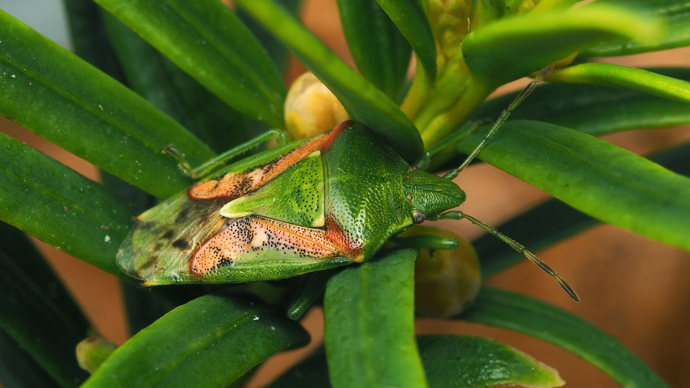
Credit: Larry Doherty / Alamy Stock Photo
Yew hedges in particular are incredibly dense, offering protection and nesting opportunities for many birds. The UK’s smallest birds – the goldcrest and firecrest – nest in broadleaf woodland with a yew understorey. The fruit is eaten by birds, such as the blackbird, mistle thrush, song thrush and fieldfare, and small mammals, including squirrels and dormice. The leaves are eaten by caterpillars of the satin beauty moth.
Wildlife which benefits from Irish yew:
Yew trees are associated with churchyards and there are at least 500 churchyards in England which contain yew trees older than the buildings themselves. It is not clear why, but it is thought that yew trees were planted on the graves of plague victims to protect and purify the dead, and also in churchyards to stop 'commoners' from grazing their cattle on church ground as yew is extremely poisonous to livestock.
Yew trees were used as symbols of immortality, but also seen as omens of doom. For many centuries it was the custom for yew branches to be carried on Palm Sunday and at funerals. In Ireland, it was said that yew was ‘the coffin of the vine’, as wine barrels were made of yew staves.
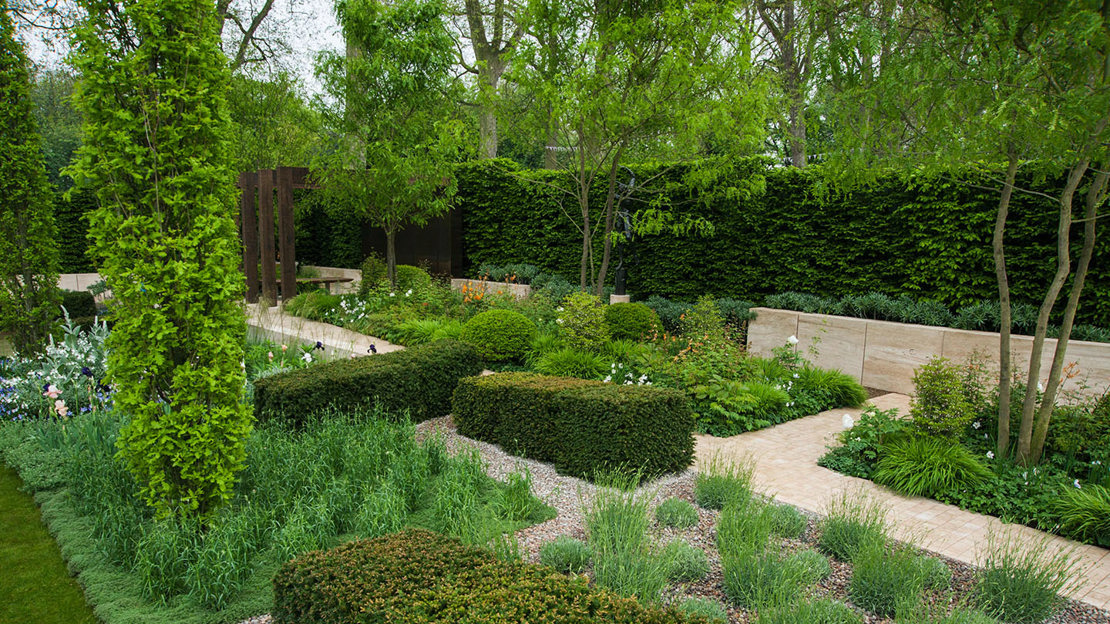
Yew is a primitive form of conifer, bearing fleshy fruits rather than cones.
Yew timber is incredibly strong and durable. Traditionally, the wood was used in turnery and to make long bows and tool handles. One of the World's oldest surviving wooden artefacts is a yew spear-head estimated to be around 450,000 years old.
Anti-cancer compounds are harvested from the foliage of Taxus baccata and used in modern medicine.
Yew has a reputation for being indestructible, but it may be susceptible to root rot.